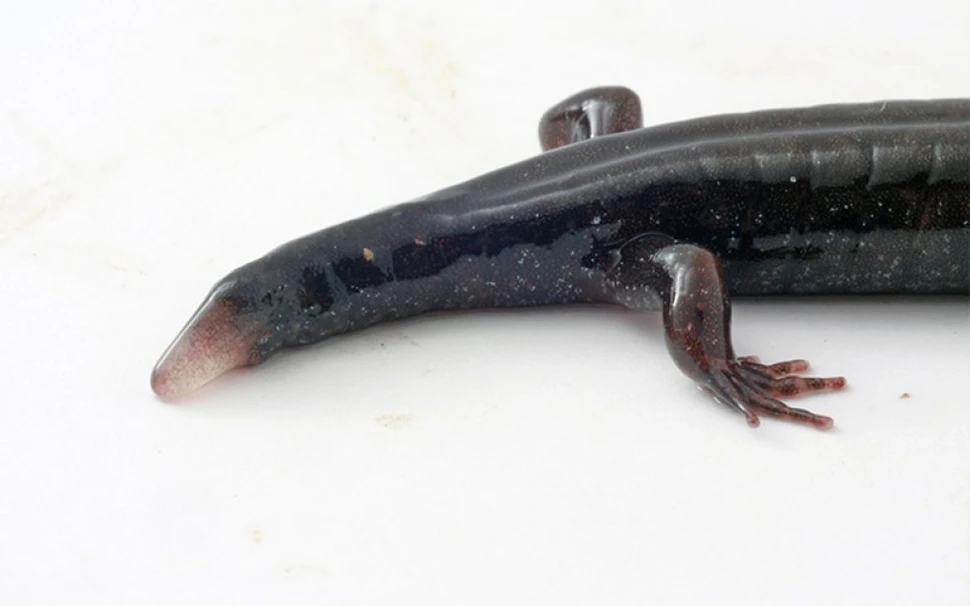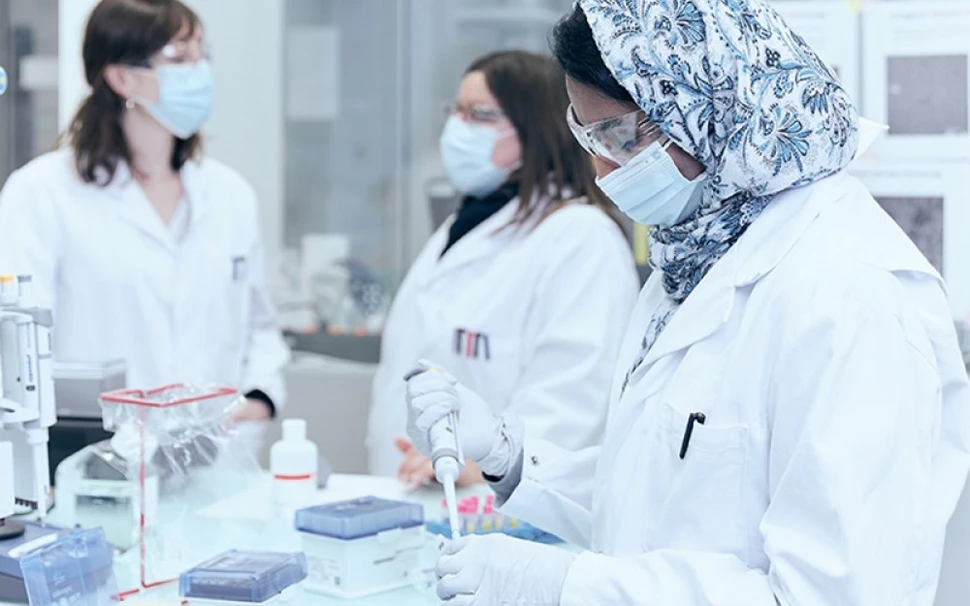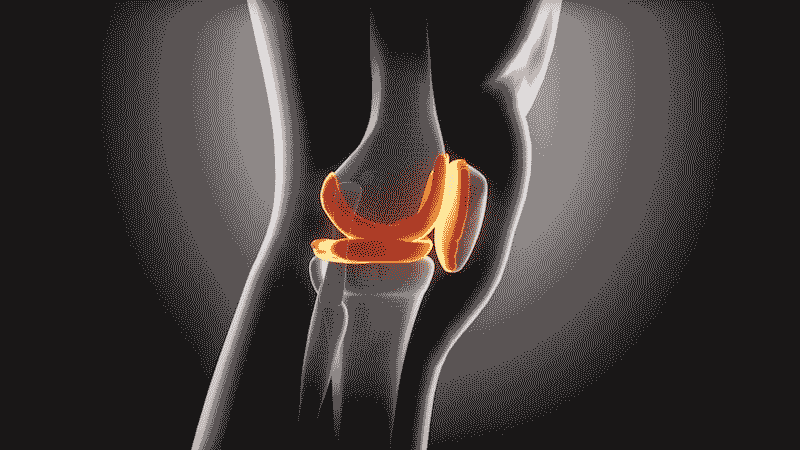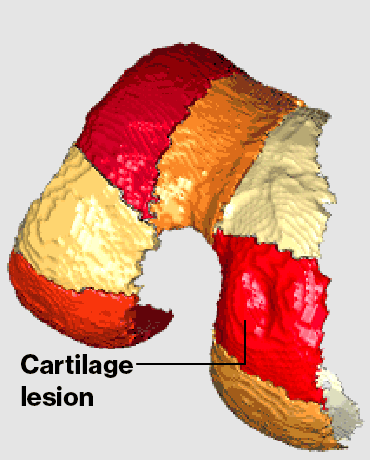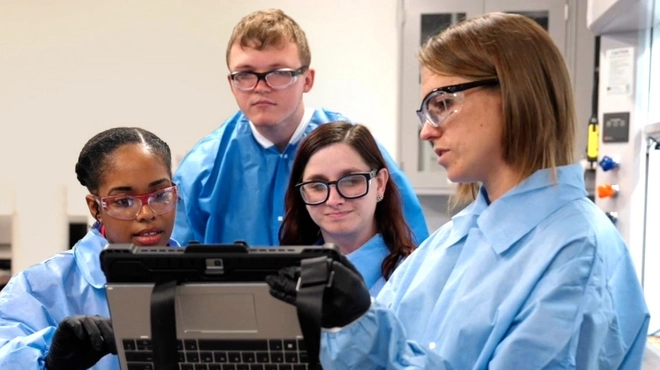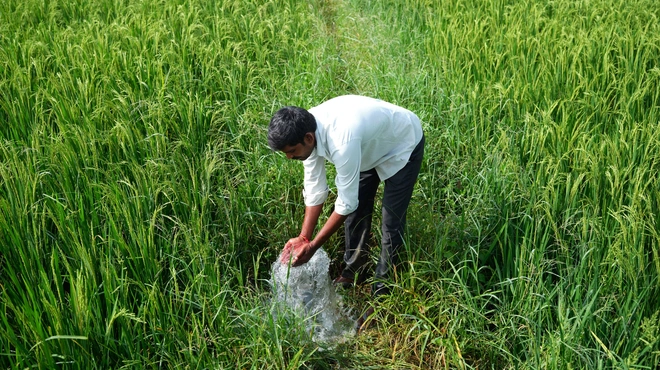In a recent wildlife documentary, a shark bites off an octopus’s arm. The octopus hides for days and then reappears. Its tentacle has started to grow back.
Unlike octopuses, humans can’t regrow body parts. At least, not yet.
Novartis researchers are inspired by these wild survival artists. They are developing a treatment that has the potential to regrow cartilage in the knees of patients with osteoarthritis. Though not quite equivalent to the regenerative powers of wildlife, it’s an ambitious attempt to regenerate tissue. The approach is part of a wider effort at Novartis to find a way to treat osteoarthritis.
The condition occurs when the smooth cushion that protects a joint has degenerated over time until there is little protection left. Advanced patients often need surgical joint replacements. If successful, this regenerative approach could reduce pain, avoid knee replacements and enable patients to regain mobility.
 VIDEO
VIDEO
Osteoarthritis affects more than 300 million people worldwide.1 It is the single most common cause of disability in older adults.2 As the global population continues to age, and knee injuries become more common in younger people, the burden of osteoarthritis will increase.3
To date, there are no approved disease-altering treatment options. Existing medicines focus on relieving symptoms rather than addressing the source of the disease. People may get temporary pain relief but nothing can prevent the disease from getting worse.
“The options that are out there at the moment only mask the progression of osteoarthritis,” says Marina Milutinovic, who is leading the development of a number of potential treatments for osteoarthritis at Novartis. “There is a huge need for treatments that can stop or, ideally, even revert the disease.”


